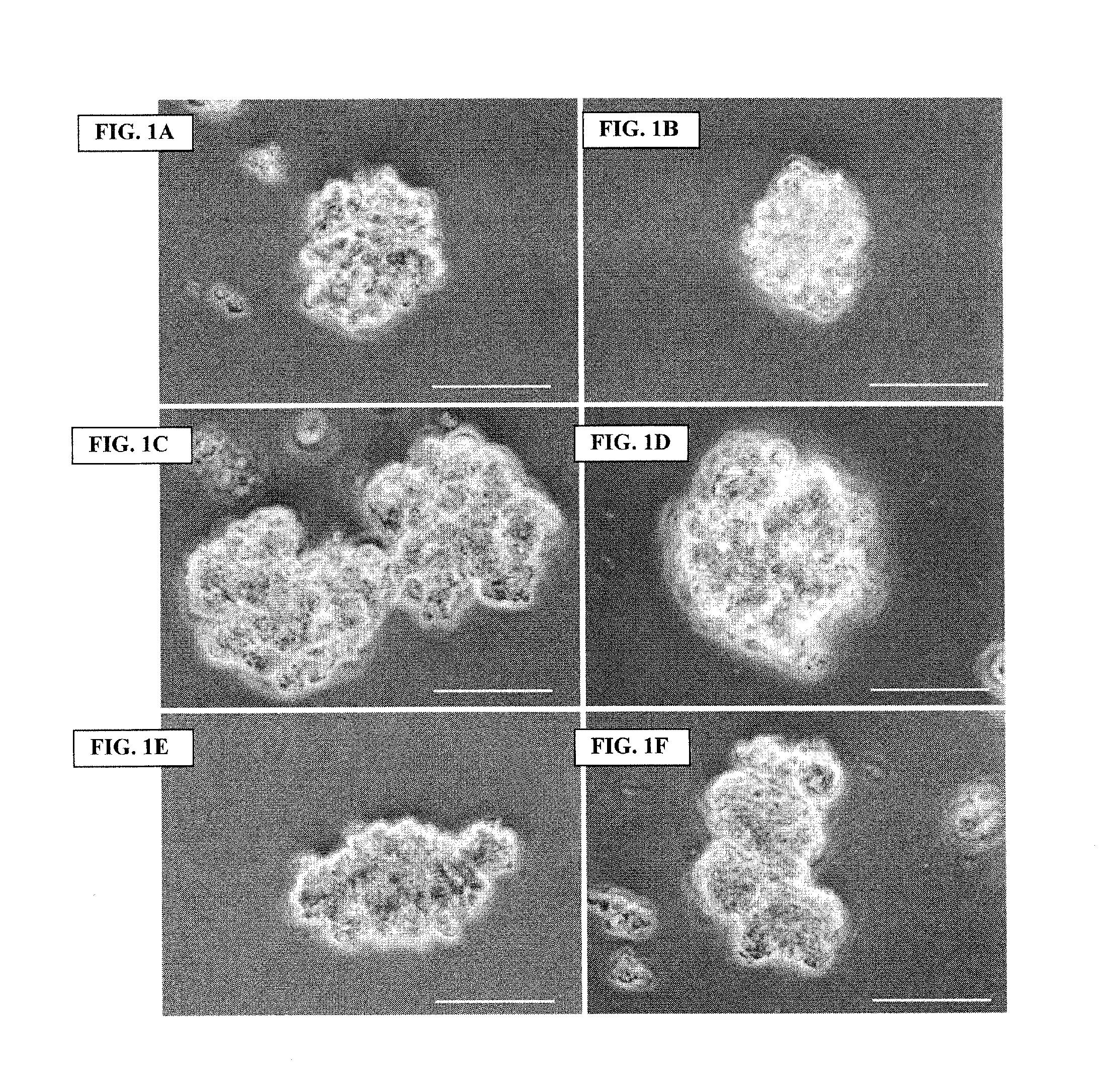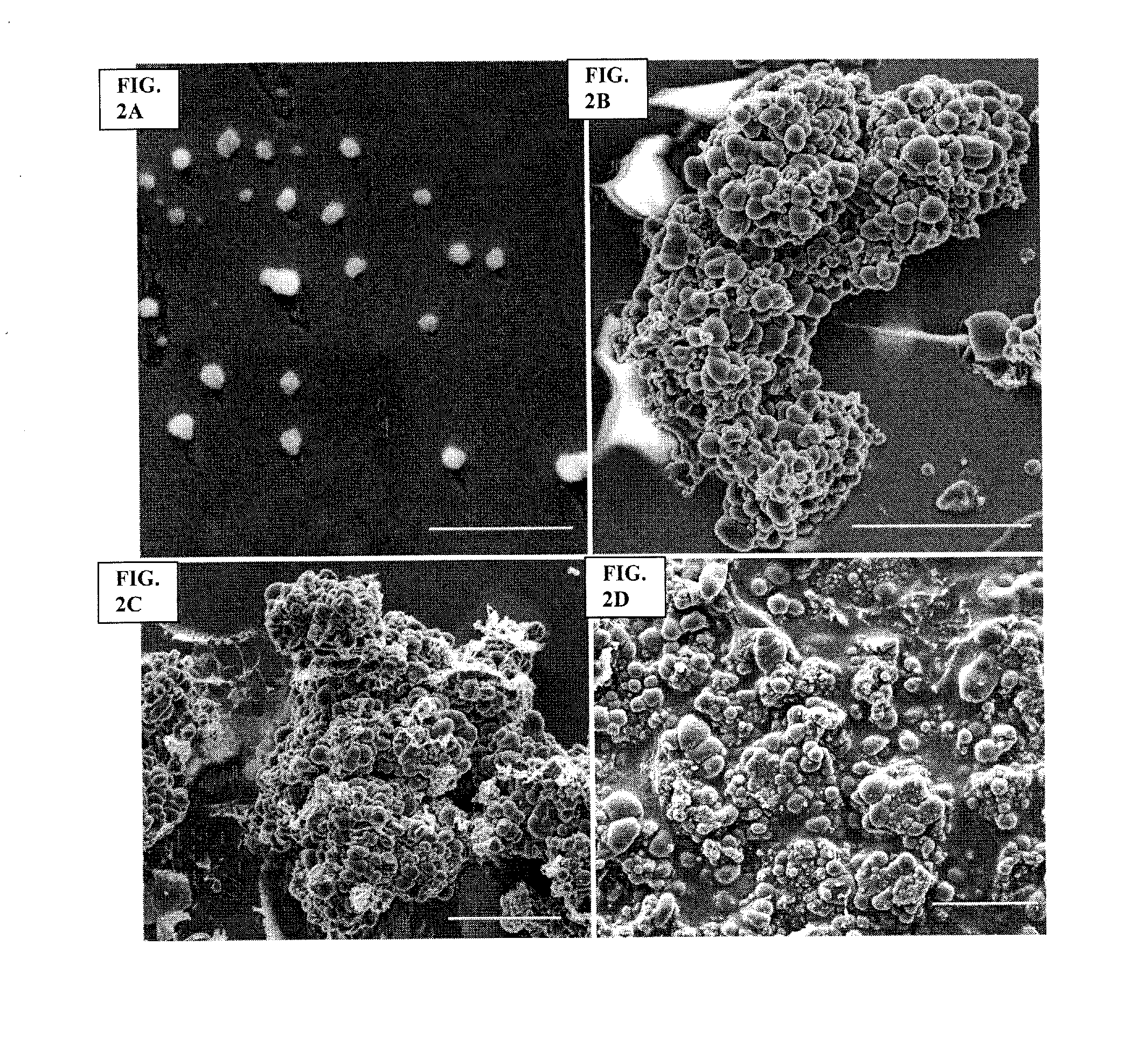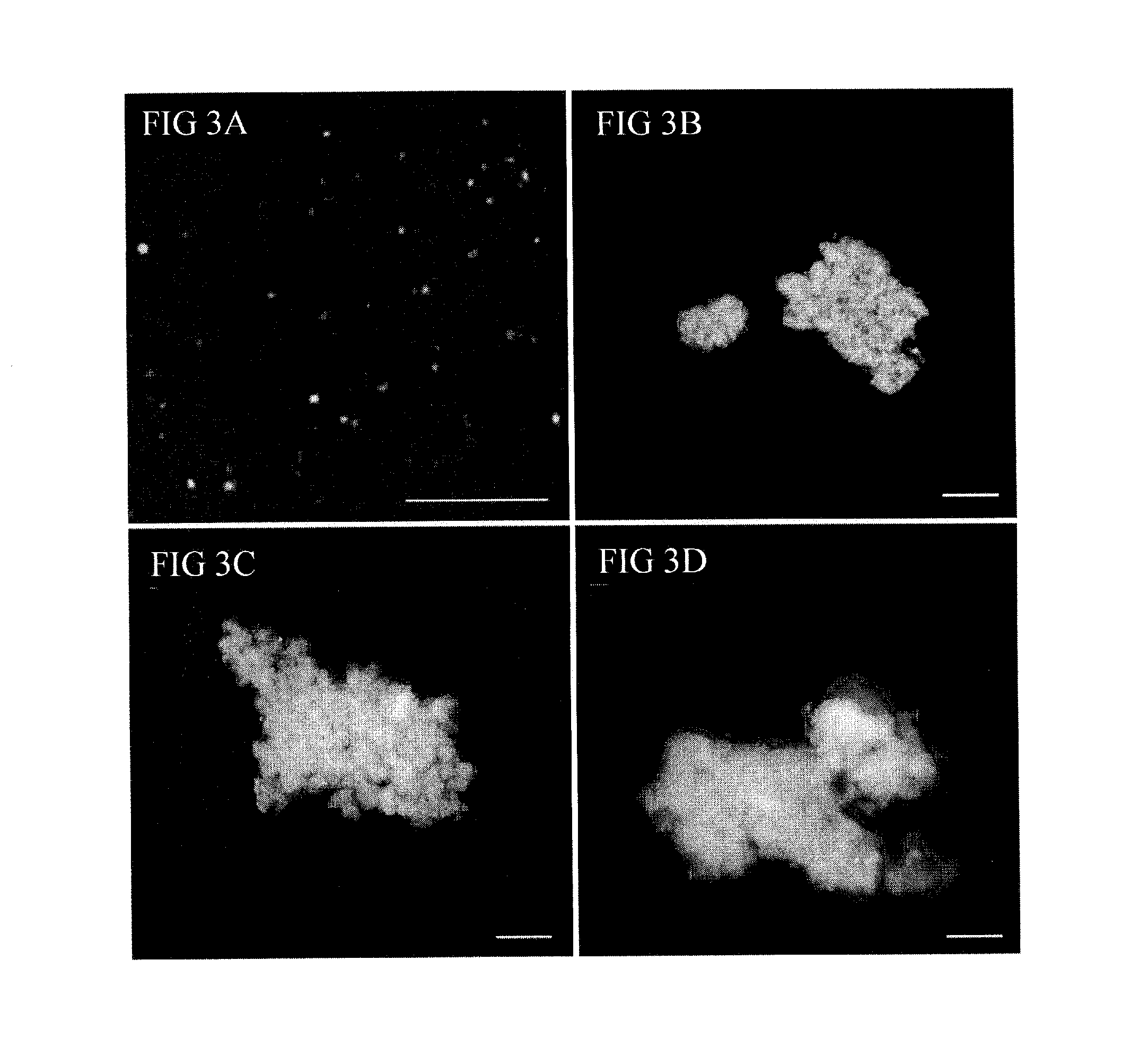Archaeal polar lipid aggregates for administration to animals
a technology of lipid aggregates and lipids, applied in the field of archaeal polar lipid aggregates for animal administration, can solve the problems of not being able to elicit immunity in the functionally independent mucosal compartment, failure to prevent infection in the gi tract or in the tonsils, and not being able to promote strong immune responses when given via the systemic route, etc., to achieve strong memory responses and strong immune responses
- Summary
- Abstract
- Description
- Claims
- Application Information
AI Technical Summary
Benefits of technology
Problems solved by technology
Method used
Image
Examples
embodiment 1
2. The composition , wherein the multivalent cations are divalent cations.
3. The composition according to Embodiment 2, wherein the divalent cations are Ca2+.
4. A composition according to Embodiment 3, wherein the Ca2+ is provided as CaCl2.
embodiment 6
5. A composition , wherein in the total polar lipid extract from the archaeal species is mixed with the neutral lipids from the archaeal species.
6. A composition according to Embodiment 1, wherein the polar lipid extract is the total polar lipids extract from an archaeal species.
7. A composition according to Embodiments 1, 2, 3, 4, and 6, wherein the archaeal species is selected from the group consisting of Methanobrevibacter smithii, Halobacterium salinarum and Thermoplasma acidophilum.
8. A composition according to Embodiment 6, wherein the archaeal species is Methanobrevibacter smithii.
9. A composition according to Embodiment 6, wherein the archaeal species is Halobacterium salinarum.
10. A composition according to Embodiment 6, wherein the archaeal species is Thermoplasma acidophilum.
11. A composition according to Embodiment 1, wherein the polar lipid extract contains only one archaeal polar lipid.
embodiment 11
12. A composition , wherein the only one archaeal polar lipid in the extract is archaetidyl glycerophosphate-O-methyl.
PUM
 Login to View More
Login to View More Abstract
Description
Claims
Application Information
 Login to View More
Login to View More - R&D
- Intellectual Property
- Life Sciences
- Materials
- Tech Scout
- Unparalleled Data Quality
- Higher Quality Content
- 60% Fewer Hallucinations
Browse by: Latest US Patents, China's latest patents, Technical Efficacy Thesaurus, Application Domain, Technology Topic, Popular Technical Reports.
© 2025 PatSnap. All rights reserved.Legal|Privacy policy|Modern Slavery Act Transparency Statement|Sitemap|About US| Contact US: help@patsnap.com



